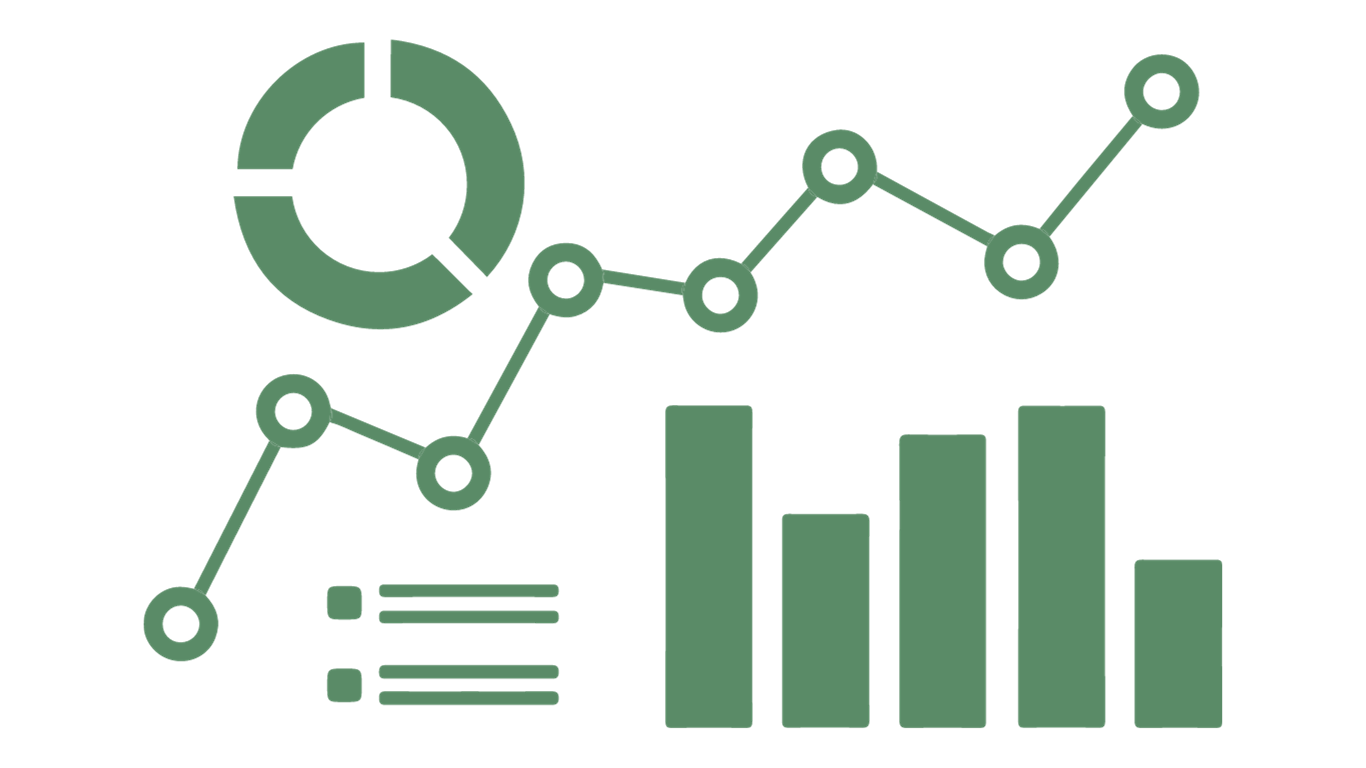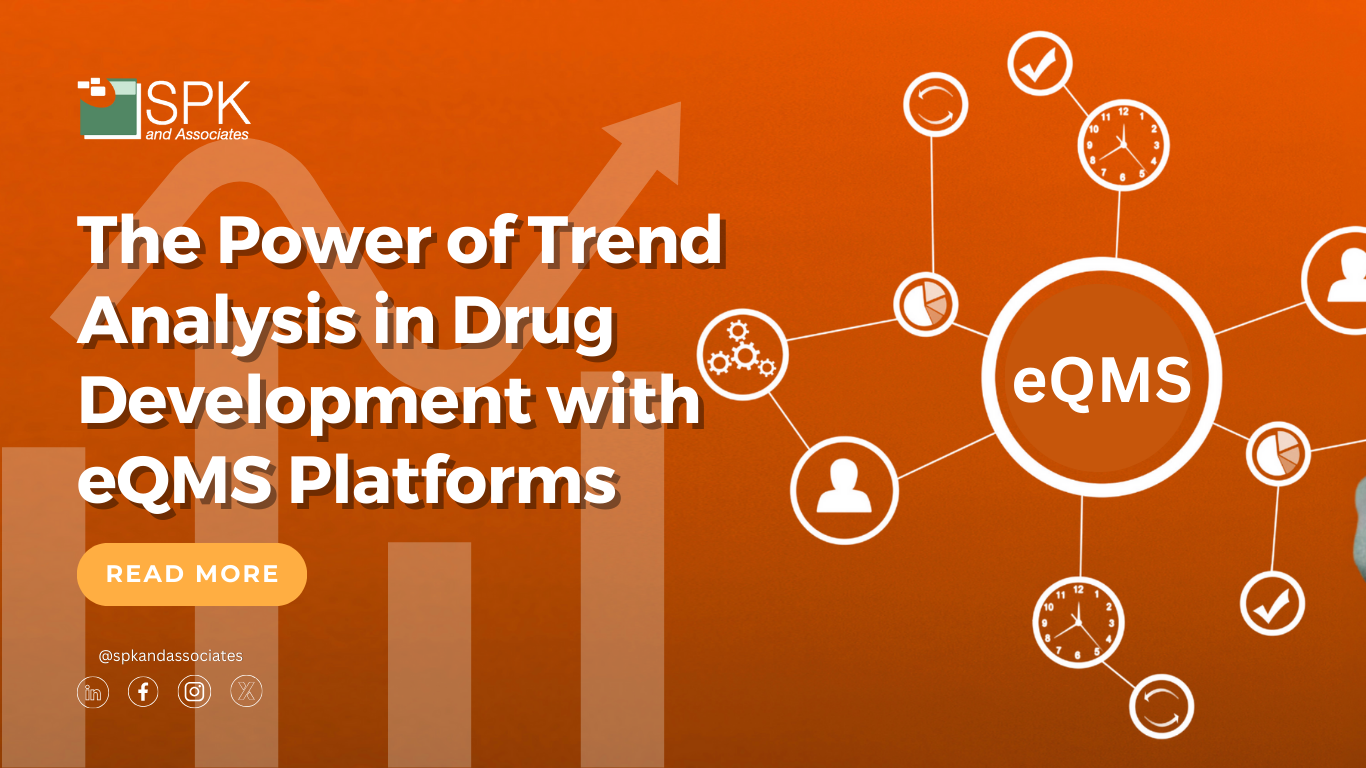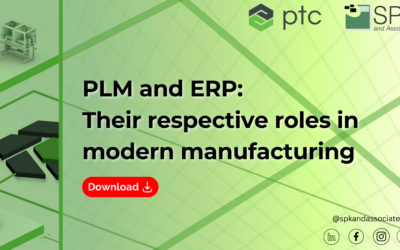There is an intrinsic value of identifying trends in data for medtech manufacturers. Yes, the prospect of avoiding scrutiny from federal auditors is a tangible benefit. However, the true motivation for proactive medical device trend analysis lies in its power to enhance processes, optimize production, and reinforce organizational strengths. So, in this blog post, we’ll uncover the strategic importance of medical device trend analysis and how leveraging advanced Electronic Quality Management System (eQMS) platforms can help.
The Process and Outputs of Medical Device Trend Analysis
Medical device trend analysis is a vital analytical process involving the examination of historical data to discern patterns and behaviors over time. This method assists decision-makers in making informed predictions and strategic choices. Firstly, the process starts with collecting relevant data, organizing it chronologically, and applying statistical techniques to reveal underlying trends. Then, analysts need to identify recurring themes or cycles, providing a comprehensive understanding of influential factors.
The outputs of trend analysis offer valuable insights and predictions, helping businesses anticipate market shifts and consumer preferences. Furthermore, this information enables effective resource allocation, strategic adjustments, and staying competitive. Additionally, trend analysis aids in risk assessment by recognizing historical patterns, allowing organizations to proactively mitigate risks and adapt to changing circumstances.
By isolating data points and investigating the reasons behind failures or successes, MedTech companies can generate essential outputs, including:
- Corrective and Preventive Actions (CAPAs)
- Out-of-Trend (OOT) Reports
- Deviations
- Change Controls
- Reinforcement Training
This comprehensive process of collecting and analyzing data, coupled with the ability to implement actionable insights, can be streamlined using eQMS platforms such as Greenlight Guru and MasterControl. Additionally, these platforms not only facilitate data management but also drive compliance, continuous improvement and informed decision-making.


Learn the best practices for a successful eQMS implementation.
Leveraging eQMS Platforms For Medical Device Trend Analysis
Despite the widespread adoption of electronic Quality Management Systems (eQMS) in the MedTech industry, many companies fail to unlock their full potential. A report from Master Control revealed a mere 29% of companies with an eQMS have fully integrated the system into their processes. This signifies a prevalent reliance on hybrid digital and manual data tracking models, potentially compromising the integrity of the data and impeding the realization of a consistent “source of truth.”
The outputs from leveraging eQMS in trend analysis should provide timely and accurate insights. Furthermore, customizable dashboards and automated reporting enhance visibility, empowering decision-makers to respond proactively to emerging patterns.
Moreover, a well integrated eQMS contributes to enhanced risk management by centralizing data and ensuring integrity. Organizations can promptly identify and address potential risks, optimizing the efficiency of the trend analysis process. This integration is particularly valuable for industries prioritizing quality management and compliance.
An effective eQMS allows remote audits that still meet standards, like 21 CFR Part 11. If more companies embrace eQMS functionalities, the entire industry can benefit. This can speed up the release of important drugs. Ultimately, this will aid patients sooner.

These are the benefits you should realize through a fully integrated eQMS:
- Single Repository of Data: Establishing a unified repository of data ensures consistency and reliability, eliminating discrepancies arising from disparate sources.
- Streamlined Workflows: Integration streamlines processes, reducing inefficiencies and bottlenecks in workflow, thereby enhancing overall operational efficiency.
- Tracking and Analyzing Metrics: Realizing the full potential of eQMS involves harnessing the power of data analytics, enabling organizations to track, analyze, and derive meaningful insights from key metrics.
- Audit Facilitation: A fully integrated eQMS simplifies the audit process, providing auditors with seamless access to accurate and up-to-date information.
- Automation: Automation of routine tasks not only saves time but also reduces the risk of human errors, contributing to enhanced data accuracy.
A Quick Example Of Trend Analysis In Action
Recently, our team at SPK supported one of our clients to identify inefficiencies in their workflow through the power of trend analysis. Essentially our client used various applications including Creo, PTC Windchill and PDM. As we managed these for them, we were able to pull data from the various applications and tell a more holistic story through the data trends in each – and how they correlated with each other. Furthermore, we were able to provide these data insights and trends in graphical format for ease of quick identification of trends.
A few of the reports we were able to provide included:
- How long documents were taking to approve: this allowed them to challenge their existing workflow and identify bottlenecks or process flows impacting efficiency.
- How many documents were approved at first submission: this allowed them to question areas for improvement for non-approvals for the first time. Potentially it could be due to workflow, training or something else.
Without trend analysis, these insights could have been harder to identify….or worse – completely missed.
The Strategic Importance of Trending Data For MedTech Manufacturers
Effective eQMS platforms empower organizations to access up-to-date data swiftly, enabling informed business process decisions. Therefore, trend analysis becomes the linchpin in understanding organizational strengths and weaknesses, offering unprecedented self-awareness. Tools like Greenlight Guru, CodeBeamer and PTC Windchill can all support you to achieve better medical device manufacturing and compliance.
Today’s eQMS platforms provide real-time data across various software, including Laboratory Information Management Systems (LIMS) and Manufacturing Enterprise Systems (MES). This visibility ensures that decision-makers can quickly gather and manipulate information, resulting in expedited responses to issues and concerns.

Check out Greenlight Guru’s industry benchmark report for MedTech manufacturers.
Conclusion
A strategic approach to trend analysis in the MedTech industry is required to drive the proactive identification of trends for process improvement and organizational reinforcement. Leveraging the capabilities of advanced eQMS platforms like Greenlight Guru is not merely a technological choice but a strategic imperative.
With a fully integrated eQMS, MedTech manufacturers can navigate the future with confidence, ensuring compliance, efficiency. Lastly, MedTech manufacturers can ensure the timely delivery of groundbreaking healthcare solutions to those who need them most.






